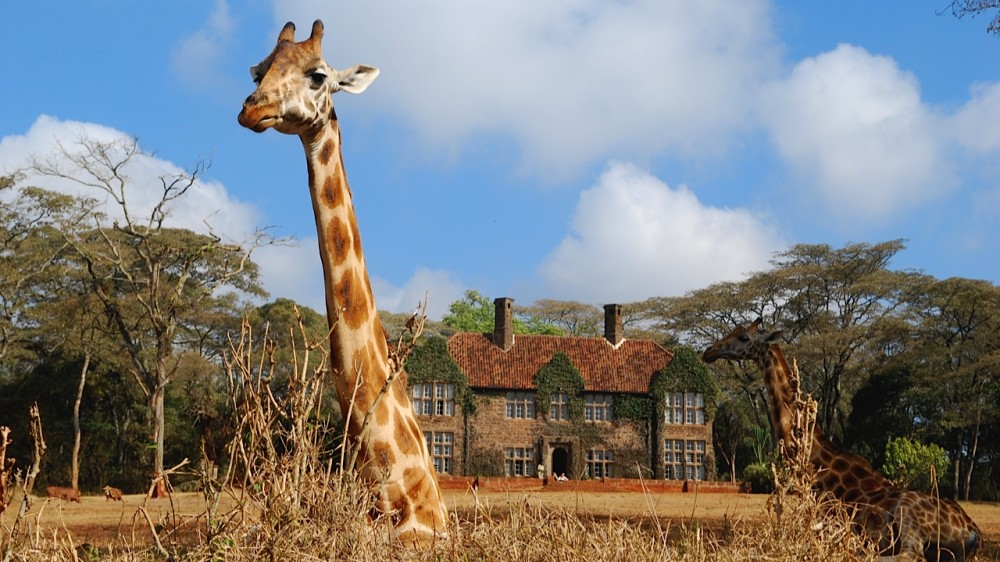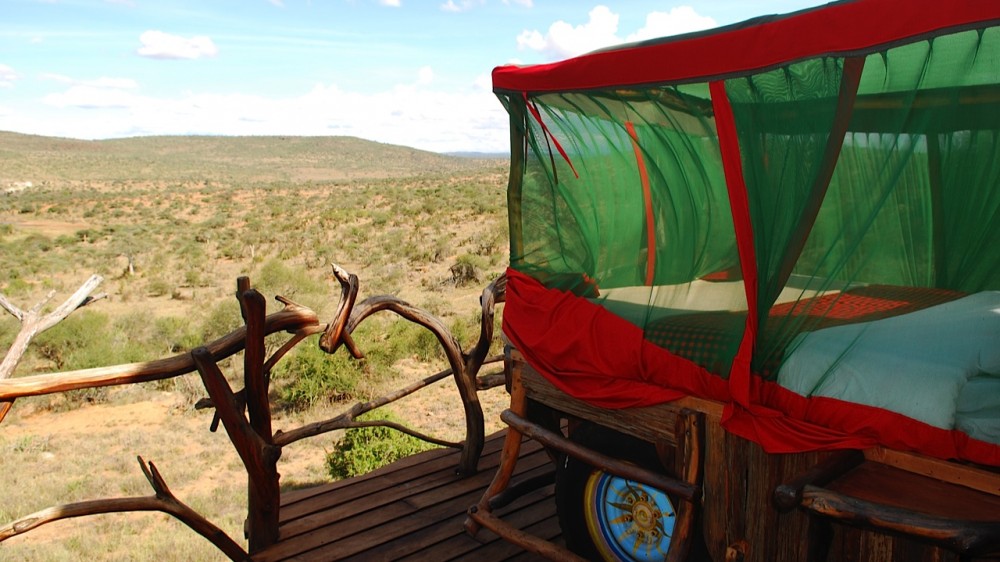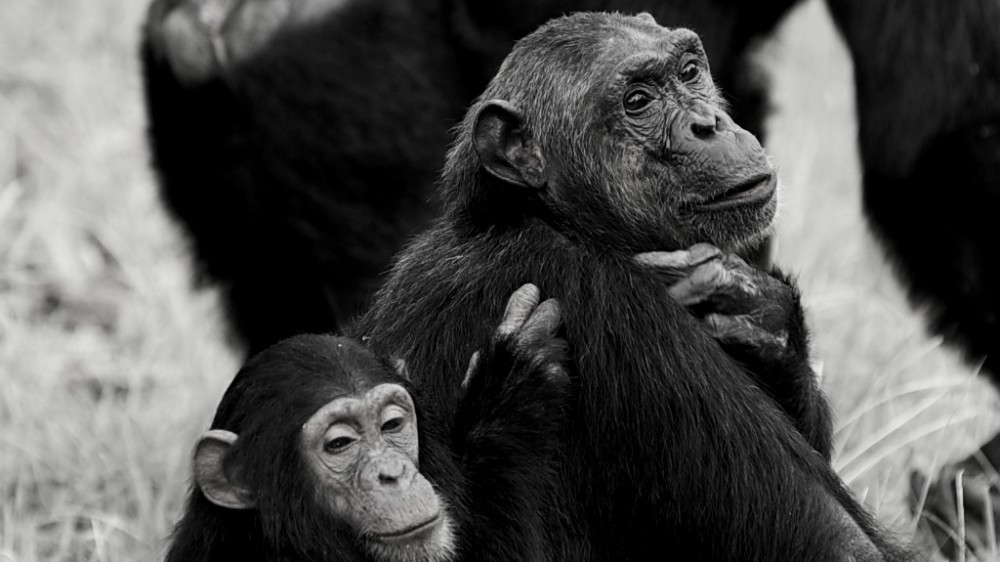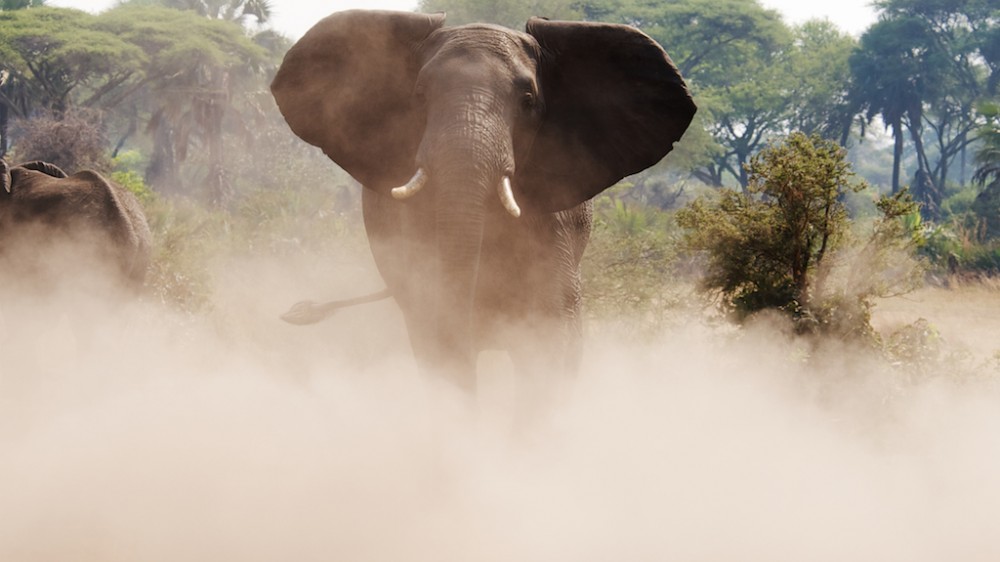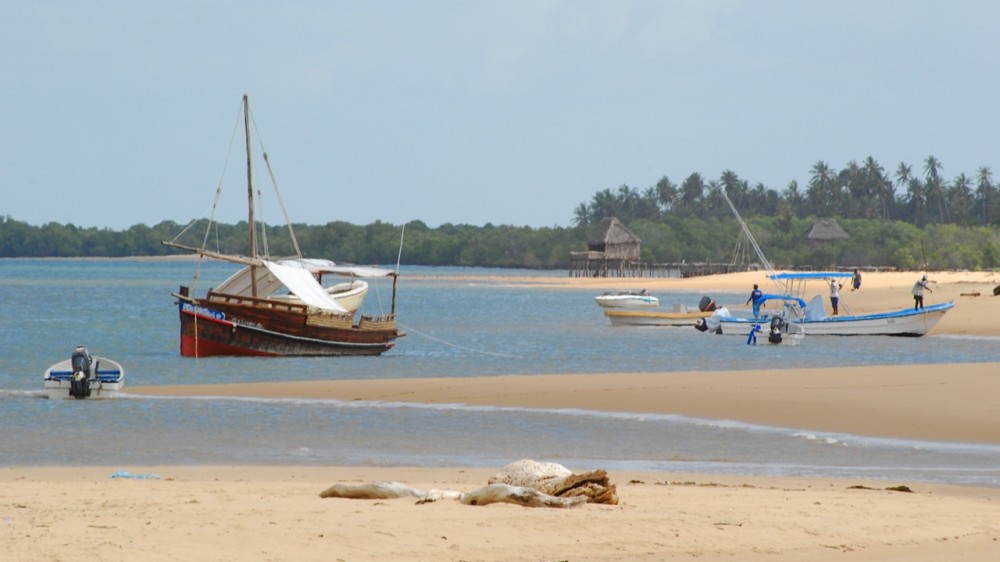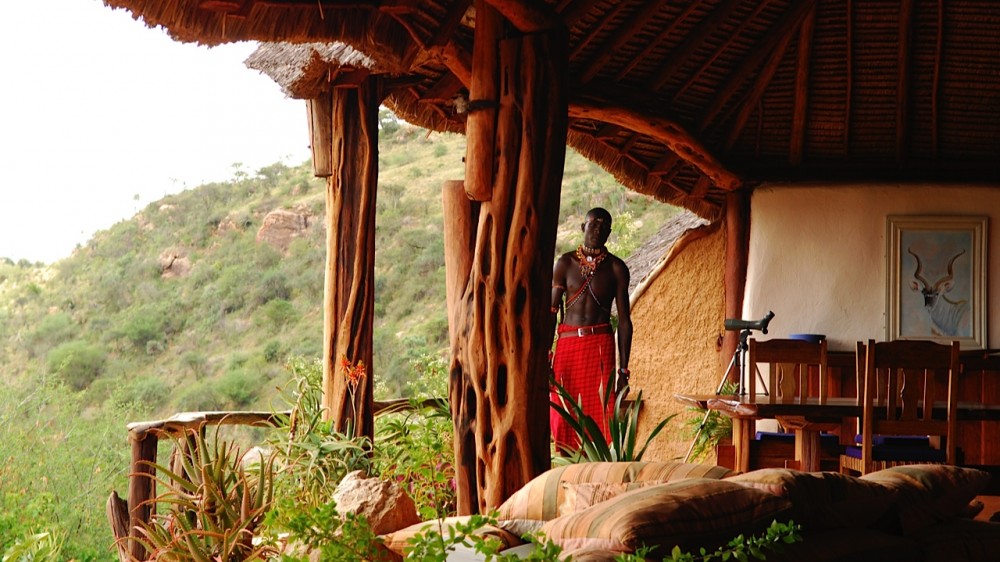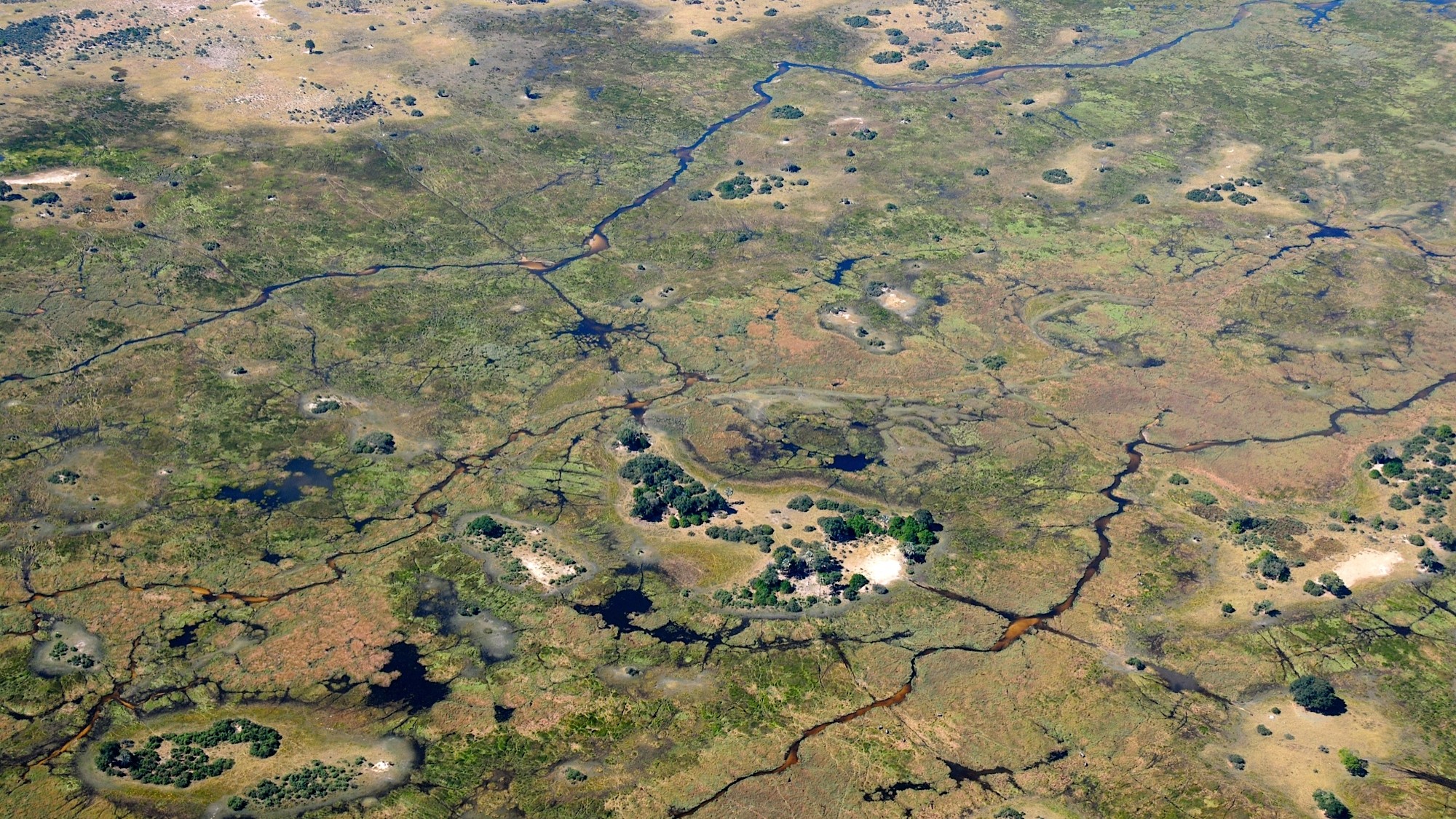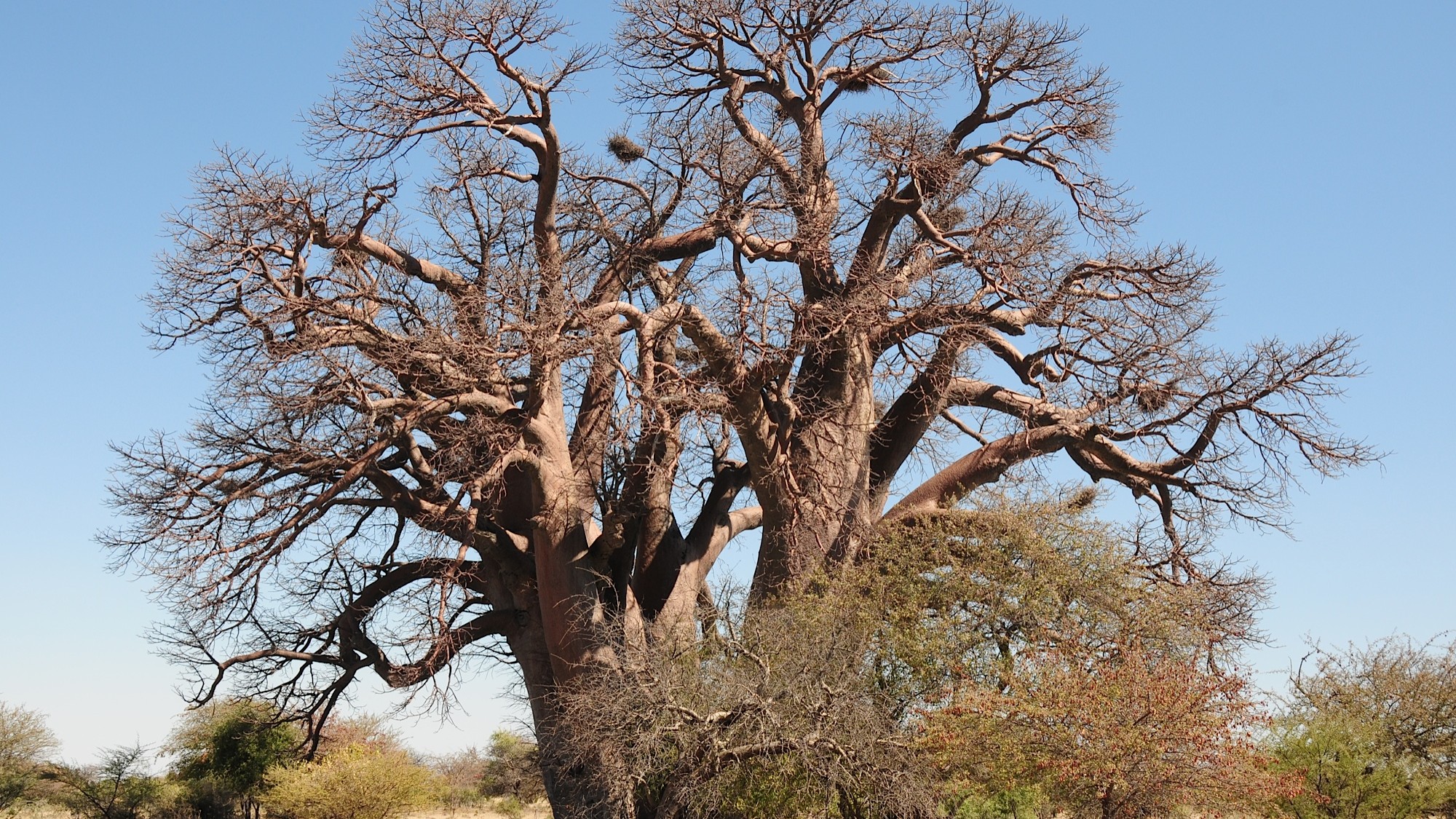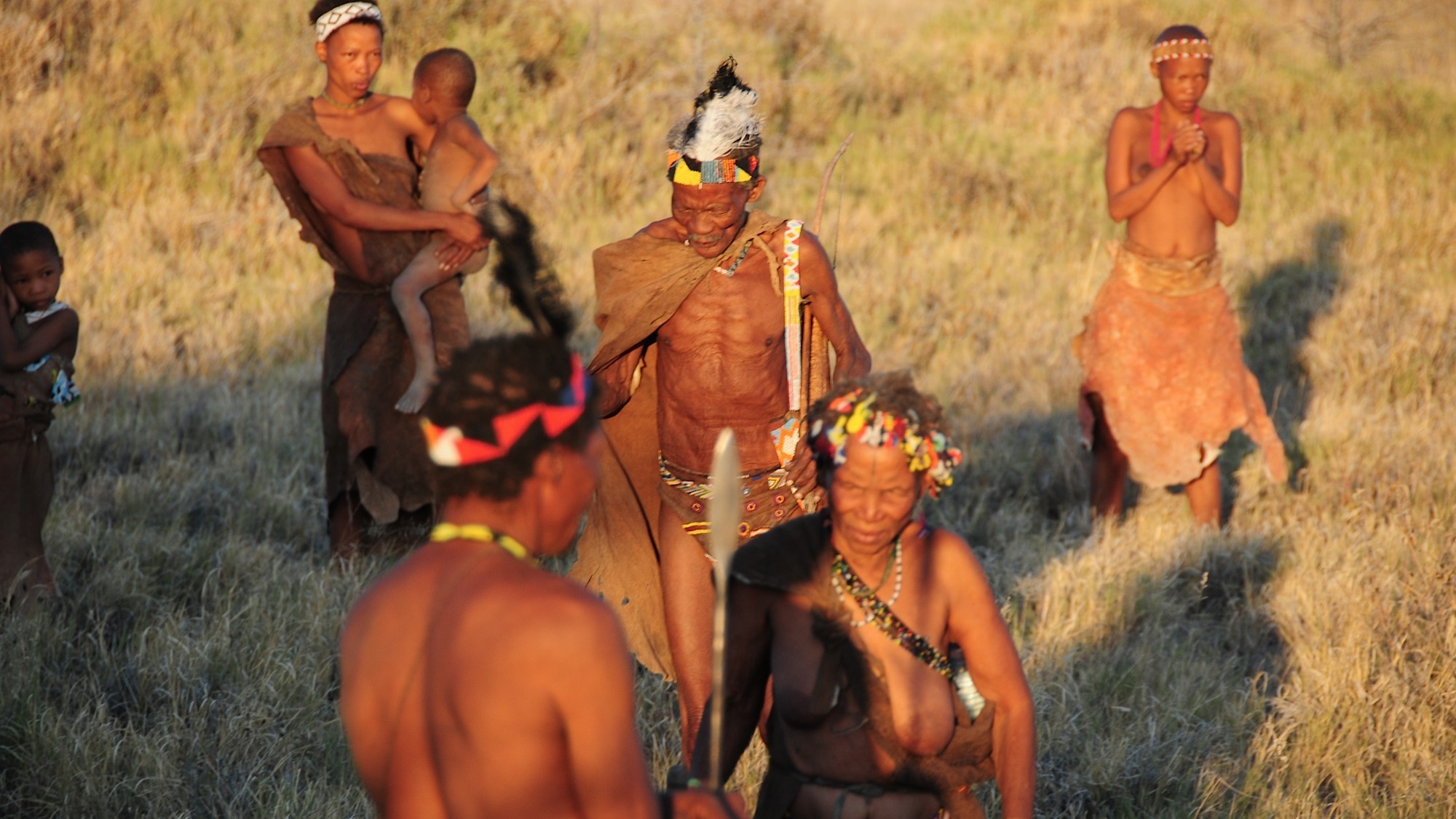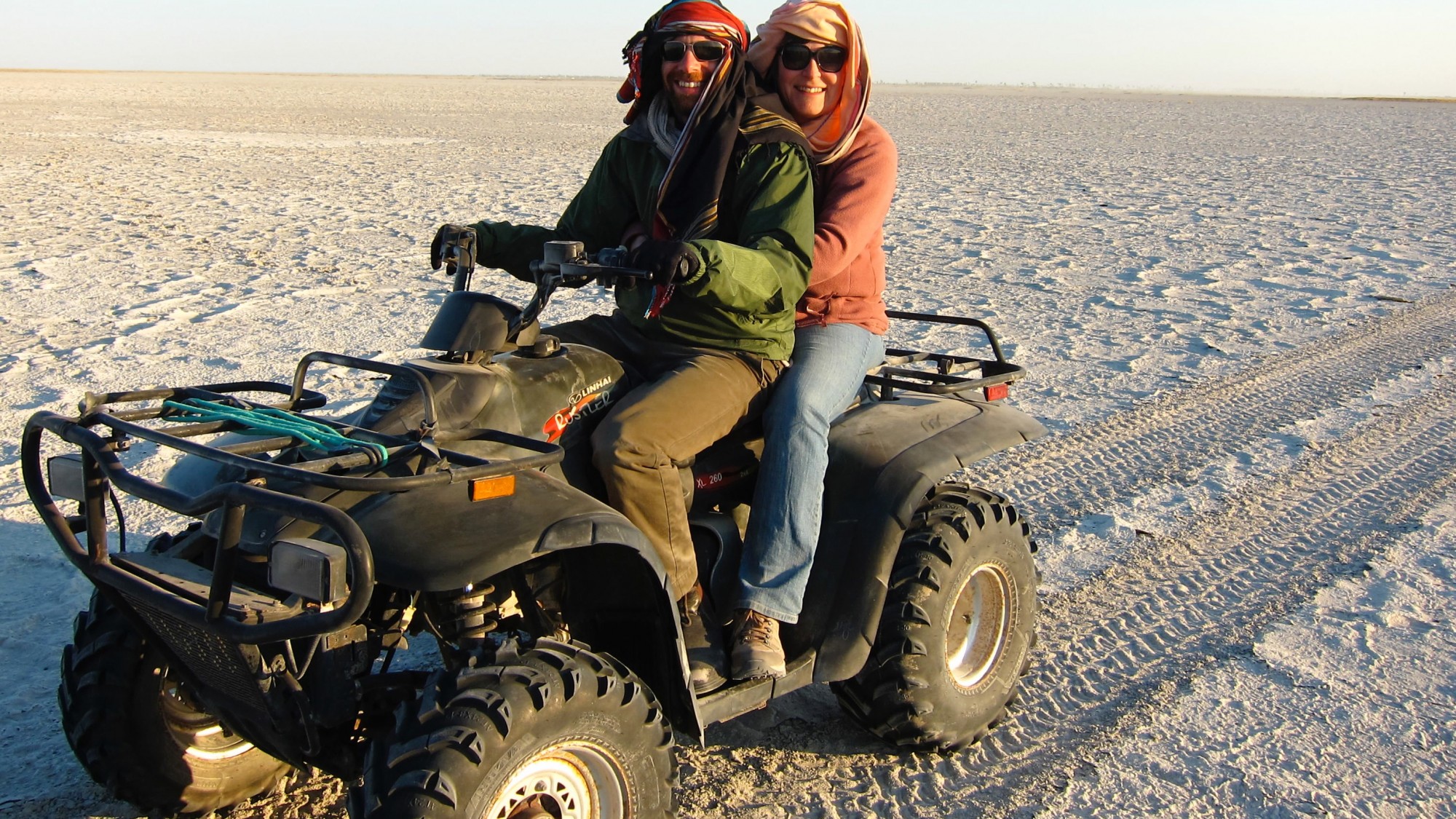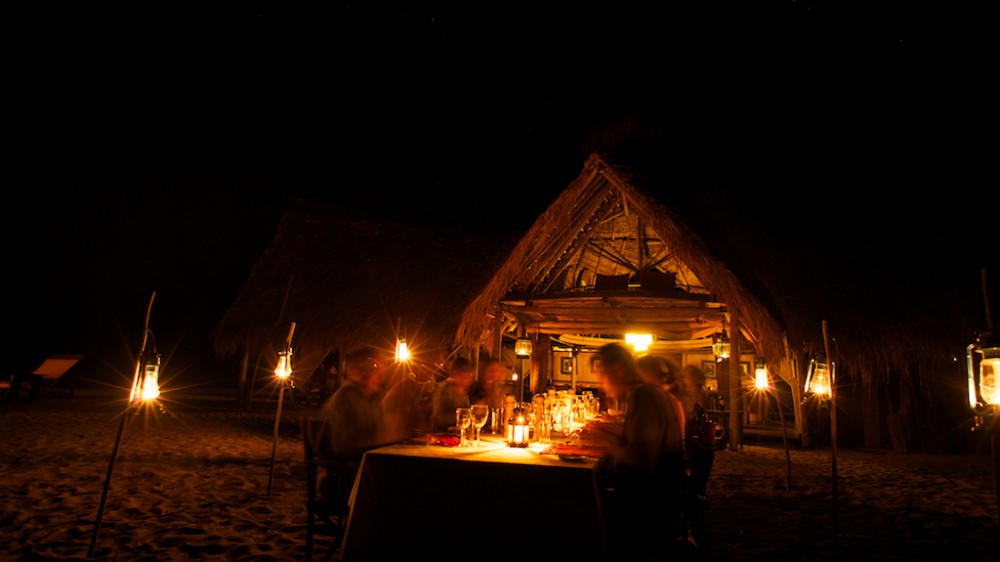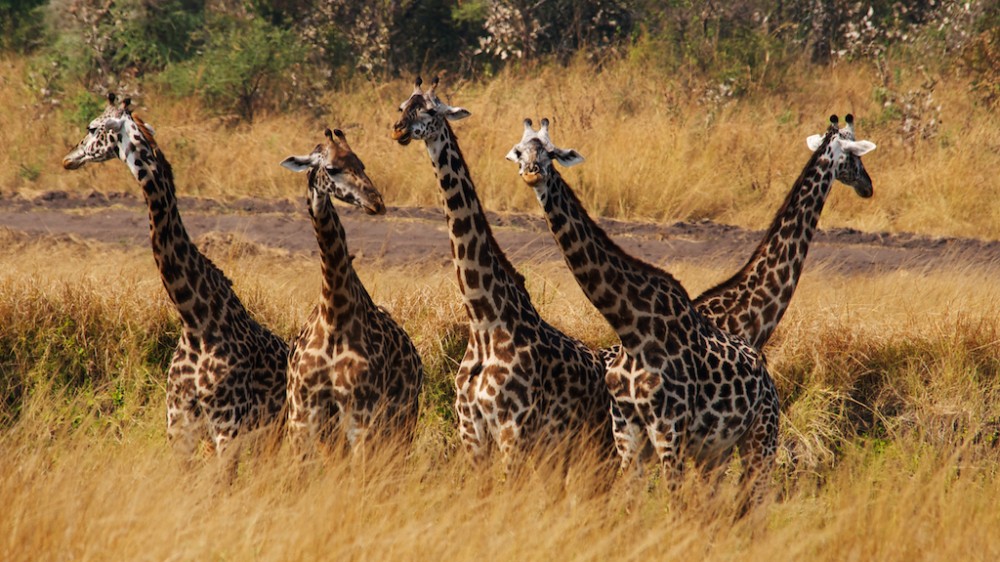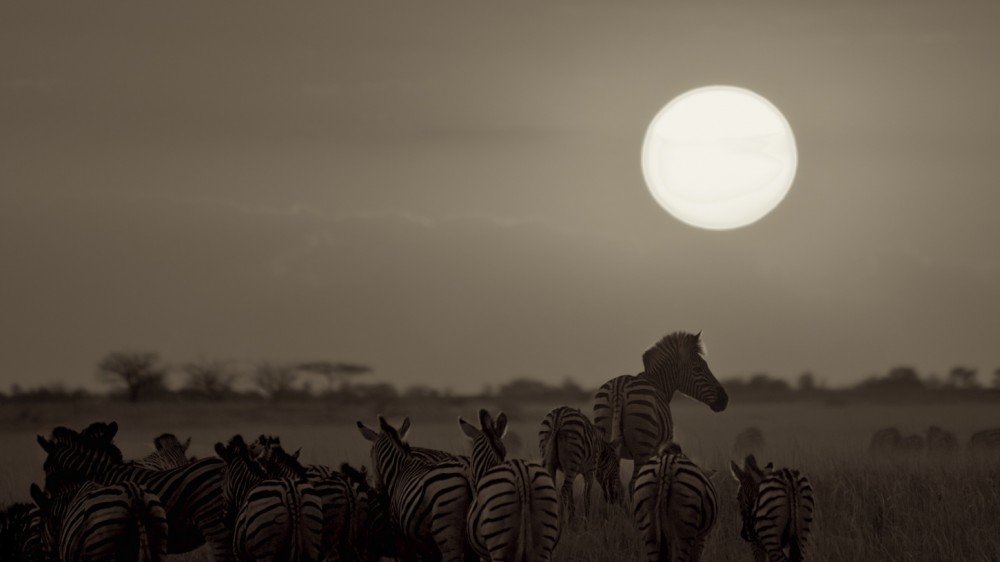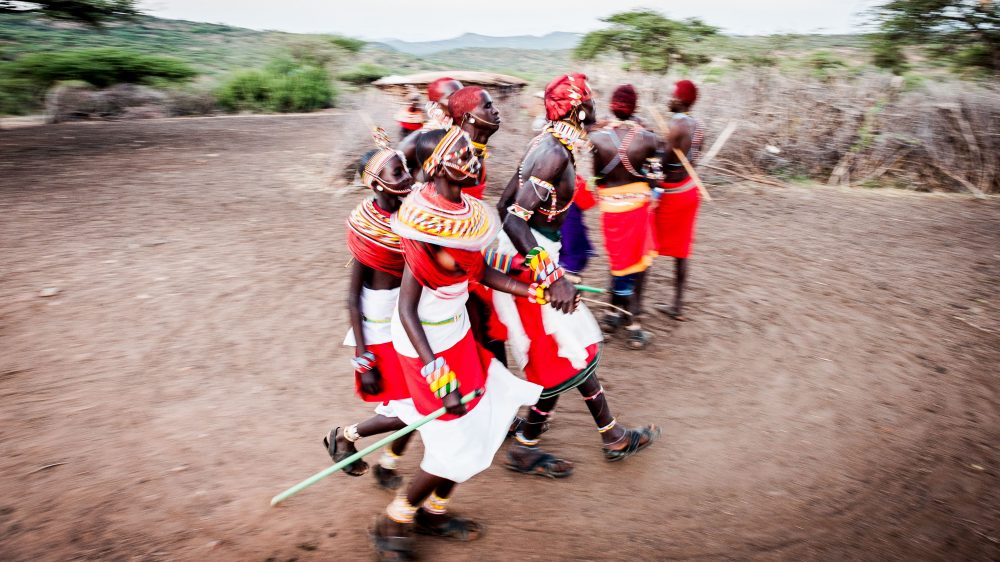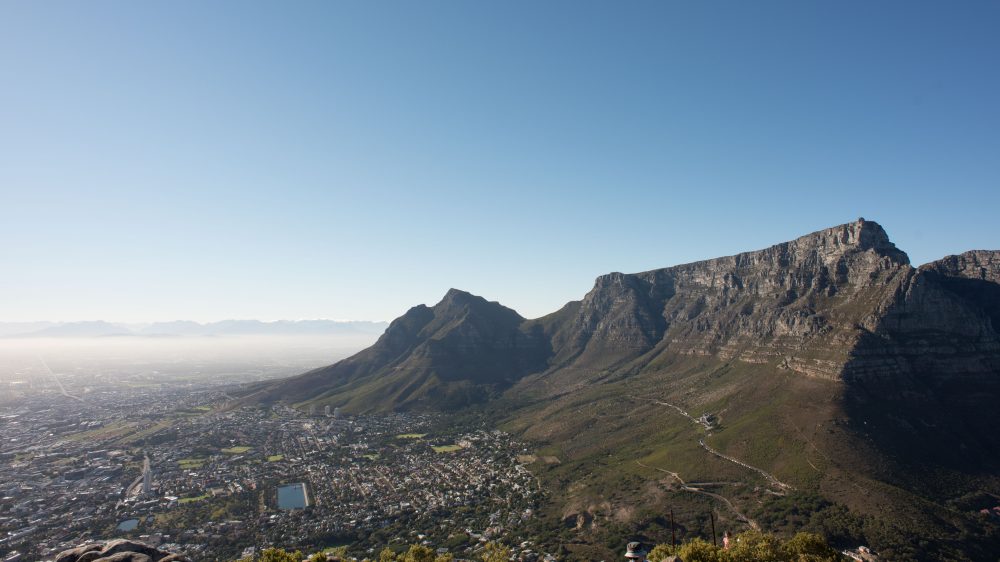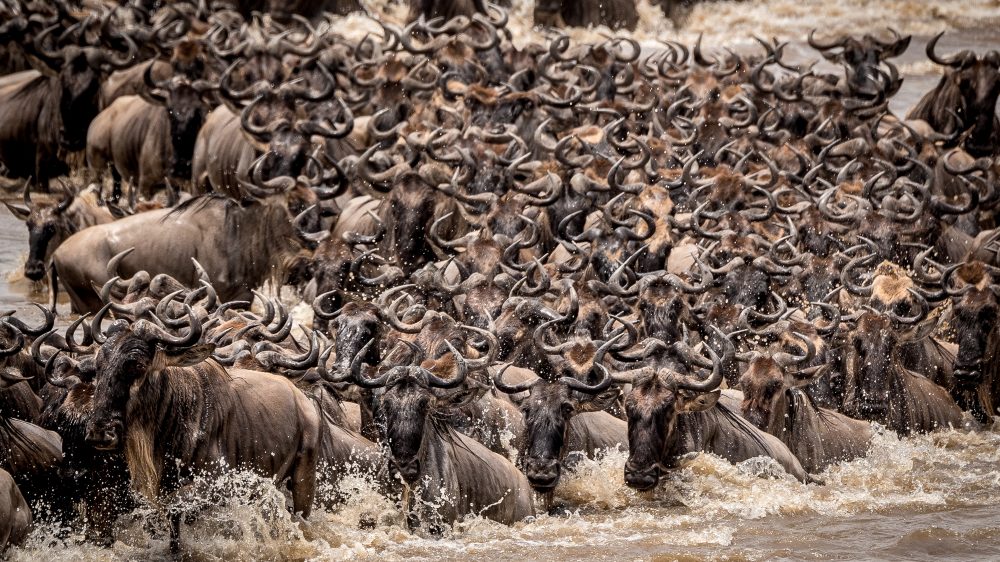East Vs. South
Every campfire conversation in Africa promises a lifetime of embellishment, exaggeration and sweeping generalization. Having sat around many a campfire myself, you’ll have to forgive me the indulgence.
I’ve heard many a Kenyan take pot shots at Southern African safaris, and Southern Africans are no less opinionated, so I’ll try here to present a balanced perspective on both. But choosing your safari destination is a bit like buying a Mac or a PC—the decision is as much political as it is practical. With that in mind here are some things to consider as you navigate the choices.
Background
During the ’70s and ’80s Southern Africa struggled politically while East Africa developed a strong safari infrastructure and thrived. In the past two decades the mass-market safari industry brought East Africa a bad name, while Southern Africa cultivated a low density conservation model and quickly became the destination of choice for the well-heeled crowd. Nowadays these generalizations are less than true, and you need to look at the subtleties of each option to inform your decisions.
Game
The Great Migration makes its way through Tanzania and Kenya, and the sheer spectacle of two million animals on the move is hard to beat. The chimpanzees of Mahale in western Tanzania are my favourite safari experience of all, and fly camping by camel in Kenya’s northern frontier district means close encounters with game on foot. Many Kenyan game parks that were raped by poaching in the ’70s and ’80s (Tsavo, Meru) are making a comeback, so East Africa is great for game. In Southern Africa, the game is dense and varied, particularly in the private reserves surrounding Kruger National Park and in Botswana’s Okavango Delta. With fewer camps and concessions, the game is more relaxed and spread out, and for elephants there is no better place than the Chobe & Linyanti regions in Botswana.
Diversity
In East Africa you can pair a safari in the Ngorongoro Crater with a climb up Kilimanjaro, a week on the Swahili coast around Lamu or Zanzibar, or a visit to the mountain gorillas in Rwanda. In Southern Africa you can ride quad bikes through the Kalahari, party on the beaches in Cape Town, scuba dive in Mozambique or climb dunes in Namibia. Both regions are blessed with incredible diversity.
Seasons
Rain can have a significant effect on a safari. In East Africa, October is the beginning of the short rains, while April brings long rains. Many camps and areas shut down because they become difficult to access. In Southern Africa, while each country varies, the general rains (tropical storms) come between November and March. Most camps stay open year round. The temperatures are more or less the same. May through August tend to be the cooler months in both regions.
Camps & Sensibility
In Southern Africa the camps run like the best hotels in the world—polish and perfection are the names of the game. Staff are highly trained and wear name tags; vehicles look brand new; towels are branded and everything works as it should—you could easily forget you are in the middle of nowhere. In East Africa the camps are more often owner-operated, and while equally professional they tend to feature a whole lot more quirk. Less uniformity and more personality can sometimes give an impression of greater warmth, and the spirit of safari seems more alive here. Guides wear traditional garb rather than safari suits with name tags, and even in the top camps things don’t always work exactly as they should.
There is a wonderful saying worth keeping in the back of your mind while travelling on the continent—simply put: “That’s Africa, baby”. Regardless of where you go, this mantra will put you in the right frame of mind to appreciate the wonder, spontaneity and improvisational spirit of the place.
Greg Sacks is a Trufflepig trip planner. He’s a bit of a hippie who tries not to choose favourites… lest it be revealed that he may love Africa more than his wife. Email Greg to see if you can expose his true favourite (between East and Southern Africa, that is).
